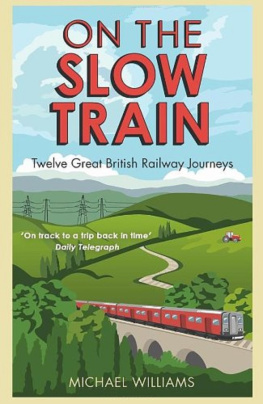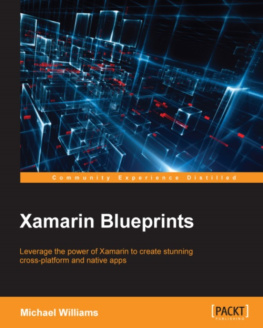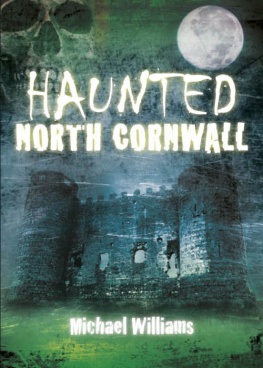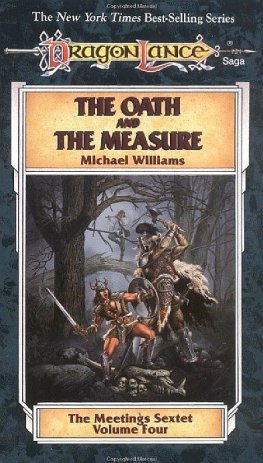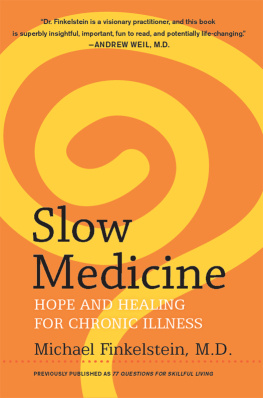Michael Williams - On the Slow Train
Here you can read online Michael Williams - On the Slow Train full text of the book (entire story) in english for free. Download pdf and epub, get meaning, cover and reviews about this ebook. City: London?, year: 2011, publisher: Arrow, genre: Detective and thriller. Description of the work, (preface) as well as reviews are available. Best literature library LitArk.com created for fans of good reading and offers a wide selection of genres:
Romance novel
Science fiction
Adventure
Detective
Science
History
Home and family
Prose
Art
Politics
Computer
Non-fiction
Religion
Business
Children
Humor
Choose a favorite category and find really read worthwhile books. Enjoy immersion in the world of imagination, feel the emotions of the characters or learn something new for yourself, make an fascinating discovery.
- Book:On the Slow Train
- Author:
- Publisher:Arrow
- Genre:
- Year:2011
- City:London?
- Rating:5 / 5
- Favourites:Add to favourites
- Your mark:
- 100
- 1
- 2
- 3
- 4
- 5
On the Slow Train: summary, description and annotation
We offer to read an annotation, description, summary or preface (depends on what the author of the book "On the Slow Train" wrote himself). If you haven't found the necessary information about the book — write in the comments, we will try to find it.
On the Slow Train — read online for free the complete book (whole text) full work
Below is the text of the book, divided by pages. System saving the place of the last page read, allows you to conveniently read the book "On the Slow Train" online for free, without having to search again every time where you left off. Put a bookmark, and you can go to the page where you finished reading at any time.
Font size:
Interval:
Bookmark:
Renowned railway writer Michael Williams takes us on twelve of todays most captivating and historic British railway journeys harking back to an era when travel meant more than hurrying from one place to the next in crowded carriages, before small country stations with their milk churns, porters and slumbering cats on seats were replaced by the modern world of security announcements, leaves on the line and Burger King.
On the Slow Train reconnects with the long-missed need to lift our heads from the daily grind and reflect that there are still places in Britain where we can stop and stare. In its pages you will find many things: a love of railways, a love of history, a love of nostalgia, a love of the exuberance of people, and a love of life.
Michael Williams writes widely on railways for many publications, including the Daily Mail, Independent, Independent on Sunday, New Statesman, Oldie and the railway specialist press. He is a Fleet Street journalist, having held many senior positions, including Deputy Editor of the Independent on Sunday, Executive Editor of the Independent and Head of News at the Sunday Times. He is currently Senior Lecturer in the School of Journalism, Media and Communication at the University of Central Lancashire. He commutes regularly by train on the 440-mile return journey between his home in Londons Camden Town and his office at Preston in Lancashire.

THERE ARE FEW things more evocative of the British landscape than the country branch line. A little engine chuffs along a single track, a few wisps of steam drifting across the fields, the sun glinting off its copper-capped chimney. There might be a couple of elderly carriages and perhaps a milk tank or a cattle truck in tow. Nobody much comes or goes on the immaculately tended platforms. Somehow here it always seems to be summer.
At least, thats how we like to imagine it. Of course, Britains railways havent been like this since Dr Richard Beeching, one of the great bogeymen of modern times, came along with his axe in 1963 and shut down more than 4,000 miles of track. Back then, the comedy songwriting duo Michael Flanders and Donald Swann caught the mood of the nation in their song Slow Train, mourning the closure of all those marvellous old local railway stations with their wonderful evocative names all due to be axed and done away with one by one. No churns, no porter, no cat on a seat / At Chorlton-cum-Hardy or Chester-le-Street, they sang. No one departs and no one arrives / From Selby to Goole, from St Erth to St Ives. / Theyve all passed out of our lives...
Flanders and Swanns song was an elegy for the passing of a less hurried way of life. But fortunately, nearly half a century on from the publication of Beechings The Reshaping of British Railways, we have learnt to love and cherish our local railways again. Slow trains on local lines offer an unrivalled way to travel around Britain in a hurried age and they have always been more than just a way of getting from A to B. As the historian David St John Thomas observed, the local railway has always provided more than transport. It was always part of the district it served, with its own natural history, its own legends and folklore, a staff who were at the heart of village affairs, its stations and adjoining pubs places for exchange of gossip, news and advice.
Luckily for us, many secondary lines didnt die at the hands of Beeching and are still here to offer the modern traveller some of the greatest journeys in Britain and sometimes the world. There is no longer any talk of shutting Dreamingham-on-the-Marsh or Sleepytown-in-the-Wold. On the contrary, a report from the main train operating companies in 2009 urged the reopening of fourteen branch lines that had been closed by Beeching. Meanwhile passenger journeys in Britain are up by half since privatisation, and while the little old steam engines and wizened porters may be gone, many of the lines and stations that survived the cull have prospered as never before.
Even though we hear a lot about high speed rail lines expanding all over the world, the pleasures and delights of relaxed rail travel have never been more appreciated. In almost every way, the slow train journey is more pleasurable than a fast one. Think of Edward Thomass poem Adlestrop, in which his express train stopped unwontedly one June afternoon at an Oxfordshire country station. What he saw and heard was nothing special: the hiss of steam, an empty platform, a man clearing his throat. Yet suddenly a blackbird sang, summoning up for Thomas a profound sense of the timelessness of the English countryside. Or perhaps the most evocative slow train journey of all, Philip Larkins Whitsun Weddings, written on the afternoon train from Hull: Not till about / One-twenty on the sunlit Saturday / Did my three-quarters empty train pull out / All windows down, all cushions hot, all sense / Of being in a hurry gone...
Both poets were foreshadowing the now-fashionable concept of slow, which has gained momentum since the establishment of the Slow Food movement in Italy in the 1990s. Now there is even a Manifesto for Slow Travel, which declares that it is about deceleration rather than speed. The journey becomes a moment to relax, rather than a stressful interlude imposed between home and destination. Slow travel re-engineers time, transforming it into a commodity of abundance rather than scarcity.
The great railway journeys of Britain are often the slowest a single railcar dawdling along a Cornish branch line, a stopping train making its leisurely way through the remote heart of Wales, a vintage steam engine at the head of a Pullman train on a secondary line, its passengers enjoying a proper meal in the style of the traditional dining cars of old. How often have we peered from a local train trundling over city rooftops into back gardens and windows, catching momentary and mysterious flashes of other peoples lives?
This is not a book for rivet counters or number spotters. Nor does it claim to be a history of the railways or a conventional tourist guide, although every one of the journeys can be precisely followed just as I travelled on them simply by buying a ticket on a regular service. Rather, the book attempts to distil the flavour of Britain as glimpsed from the windows of slow trains and especially through the voices of the people in the communities they serve. Here are timeless journeys through spectacular mountains and pretty seaside villages, through gritty industrial landscapes and gently rolling hills, through city and suburbs. I have chosen them because each is special in its own right.
Since publication of the first edition of this book, the philosophy of slow travel was given an unlikely boost by the eruption of an Icelandic volcano in spring 2010. The ensuing ash cloud grounded flights across Europe, arousing fury and frustration among air passengers. But there were joys discovered by other travellers, who returned home with tales of scenic rail journeys on lines they never knew existed. As the essayist A. P. Herbert once observed Slow travel by train is almost the only restful experience that is left to us. This new edition brings my journeys up to date, and includes changes suggested by readers, for which I am hugely grateful.
Settle back into the cushions, either of the train or your armchair, and enjoy the ride.
THE 09.05 TO ST IVES THE LINE THEY COULDNT CLOSE
St Erth to Lelant, Carbis Bay and St Ives
Font size:
Interval:
Bookmark:
Similar books «On the Slow Train»
Look at similar books to On the Slow Train. We have selected literature similar in name and meaning in the hope of providing readers with more options to find new, interesting, not yet read works.
Discussion, reviews of the book On the Slow Train and just readers' own opinions. Leave your comments, write what you think about the work, its meaning or the main characters. Specify what exactly you liked and what you didn't like, and why you think so.

